Titleist TruFeel Golf Ball v Bridgestone e12 Contact Golf Ball: Read Our Head-to-Head Verdict
Two excellent value for money golf balls, but which one is best?
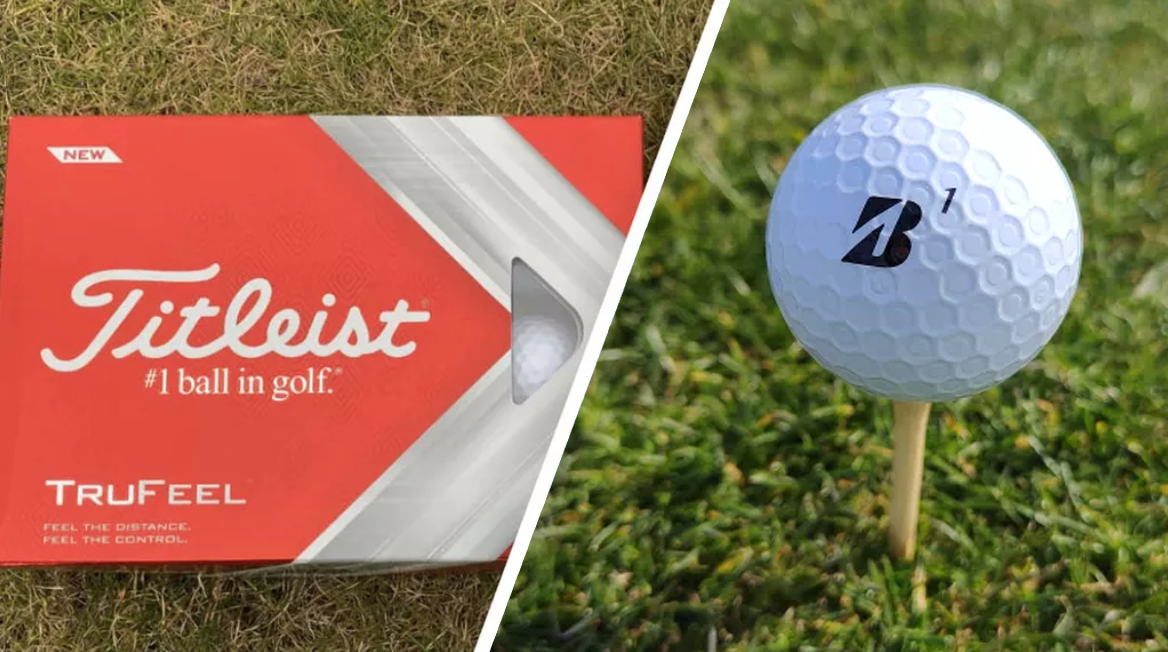

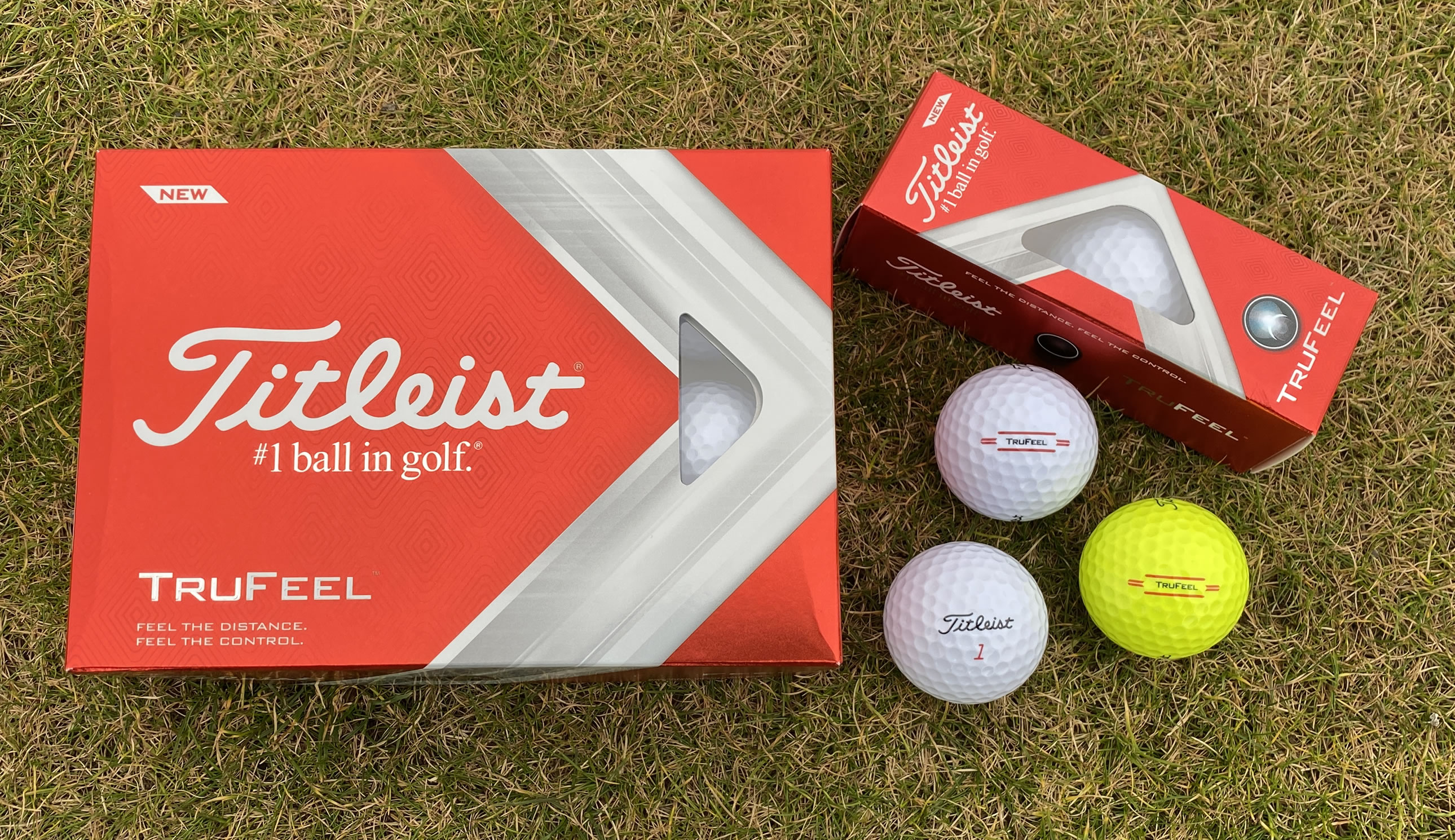
The Titlest TruFeel 2022 golf ball is ideal for those low to mid-swing speed players who want a soft, value for money golf ball with decent level of control around the greens.
For
- Soft sound and feel
- Good control for this type of ball
Against
- Less driver distance at higher swing speeds

The e12 Contact comes with a lot of game-enhancement promises that make it sound cheap and all-encompassing - which may turn off more serious golfers.
For
- Solid feel
- Good distance
- Price feels just right
Against
- Better players may want to look at a more premium offering
Titleist TruFeel Golf Ball v Bridgestone e12 Contact Golf Ball: Read Our Head-to-Head Verdict
If you're looking for the best value golf balls and best distance golf balls, there aren't many better brands than Titleist and Bridgestone, with both making some of the most recognized models that money can buy. Bridgestone is a serious player in the ball market nowadays, with tour professionals such as Tiger Woods and Lexi Thompson among others, choosing Bridgestone golf balls. With a number of different models, Bridgestone make some of the best golf balls on the market.
Titleist golf balls of course need no introduction, they're the most popular golf balls in the professional game but the brand also cater superbly for golfers of all abilities.
However, when it comes to deciding on your next golf ball, there are a number of factors that need to be considered. One of these is price, not everyone is going to want to splash out $50 on some of the best premium golf balls, some just want a golf ball that provides control and distance.
That's where these two models come in, with the Titleist TruFeel and Bridgestone e12 Contact models producing good performance that won't break the bank. Both are designed to be some of the best soft feel golf balls on the market, but both have notable differences that will affect your game. Below, we have tested both out and compared the two to find out which one is best for you.
Looks
We'll start with the Titleist TruFeel, which continues the evolution of the softest ball in the Titleist range. The core of the two-piece TruFeel is 1.6 inches, which is pretty big for a soft golf ball. Externally though, the TruFlex cover has the same 376 tetrahedral dimple pattern as before, but the cover is now thinner to accommodate the larger core.
Featuring in white, high optic yellow and an all new matte red version , the TruFeel also features the red line alignment aid in the sidestamp, which carries over from the 2020 ball. It has been one of the most popular sidestamp designs on Titleist’s custom ball service and is one of the better ones out there for keeping you lined up.
The three-piece Bridgestone e12 Contact ball comes in more color options than the TruFeel. You can buy the e12 Contact in matte green, matte yellow, and matte red in addition to the standard white.
Get the Golf Monthly Newsletter
Subscribe to the Golf Monthly newsletter to stay up to date with all the latest tour news, equipment news, reviews, head-to-heads and buyer’s guides from our team of experienced experts.
The contact force dimple technology gives a slightly unorthodox look to the e12 Contact, with sharper, boxier, and more pronounced dimples than the more traditional dimple of the TruFeel. There's also a handy alignment line to help with aim on the greens or even off the tee.
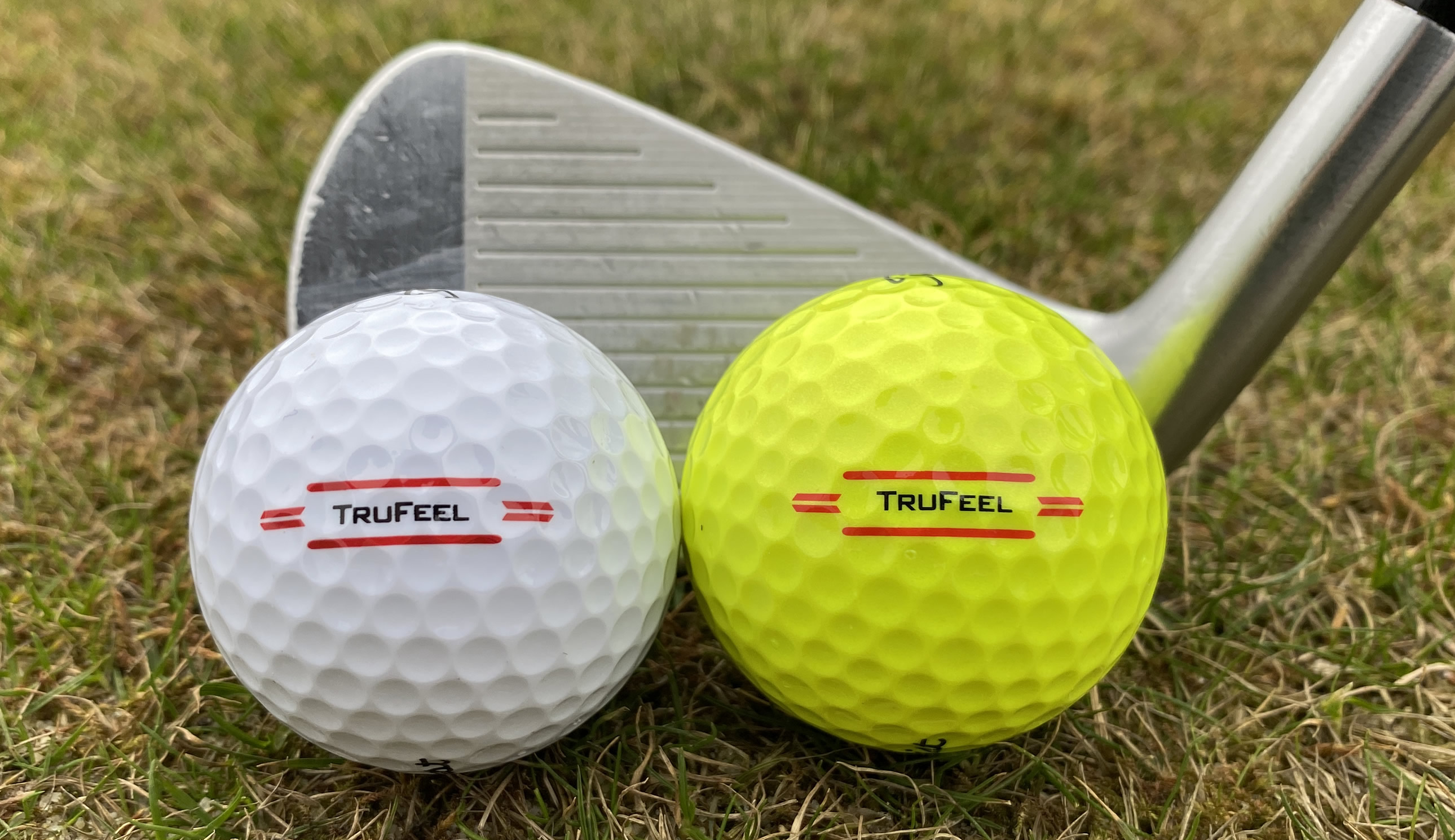
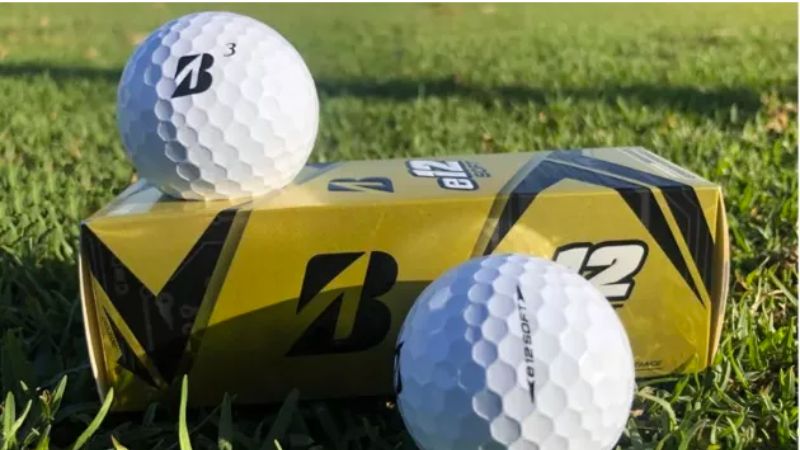
Feel
The TruFeel features a two-piece design so won't feel as controlled as a three piece ball with a urethane cover such as the Titleist Pro V1. However, it is half the price of the Pro V1 and does still provide a sufficient amount of feel from all over the golf bag. In this price bracket, the TruFeel compares to the firmer Titleist Velocity golf ball. However, if you prefer a softer sound and feel then the Titleist TruFeel is the one to go for as it certainly won’t hurt your ears on and around the greens.
Whilst both balls felt pretty good for this price point and category, the TruFeel was the softer feeling of the two in the long game, while the Bridgestone produced better feel and control on approach and around the green. The e12 Contact actually felt surprisingly firm in the long game but a big positive is how the ball feels notably softer using a putter than many other balls in this price range.
This is by design. This cover contains modifiers that allow it to react to the amount of force applied at impact. This helps optimize the moment of impact, yielding faster speed on more powerful contact and higher spin rates on less powerful contact. This performance earns the ball a place in our 2023 Editor's Choice. In the longer shots the e12 Contact felt like it was coming off the clubface a little hotter, probably due to the new FLEXATIV suryln cover. Both balls felt more premium than their price point would suggest.
Ball Flight
The latest release of the TruFeel has seen a slight increase in ball speed and spin over its previous model. In testing, we found that, with driver, the launch was a degree or two lower at just under 100mph club head speed. This makes the TruFeel one of the best golf balls for slow swing speeds and a great option as the softer ball will respond better at these speeds.

The TruFeel will provide excellent performance for those with an 80-95 mph driver swing
Ball flight with the Bridgestone e12 Contact was fairly consistent and straight, with a nice trajectory. It was super windy during testing, so results might vary on calm days but we found overall performance to be competitive with other similarly mid-priced balls in the category.
Distance
The Titleist TruFeel gets its speed through a new type of faster rubber in the TruTouch core material. If you generate too much spin, then the lower spinning nature of the TruFeel might help you gain some distance and straighten out some of your shots.
The e12 Contact produced a strong and stable ball flight off the tee and wasn’t adversely affected by some fairly strong winds that we tested in.
As mentioned above, the cover on this Bridgestone ball is designed to react differently to each type of shot. So with a driver, the cover behaves like a firmer material for faster ball speed and more distance, and less sidespin for straighter shots and enhanced forgiveness on mishits. And with a wedge or short iron, it behaves like a softer, slower material – creating more spin and control around the greens.
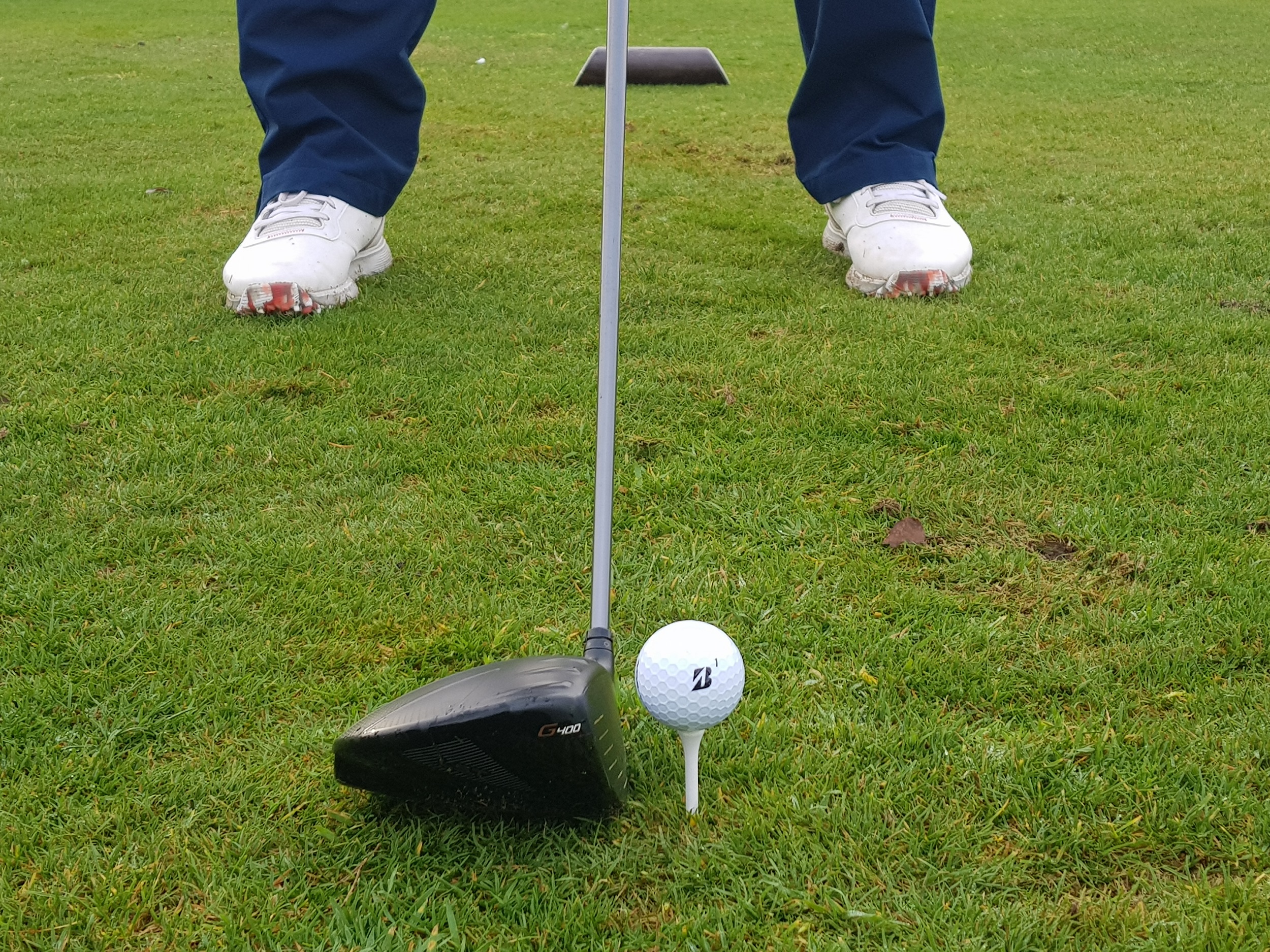
The Bridgestone e12 Contact ball
Control
Made from a new surlyn ionomer formulation, the thinner TruFeel 2022 cover provides a softer feel with spin control and, what's more, the control around the green was decent with chips and pitches, probably better than most in the soft ball sector.
The Contact Force Dimple of the e12 Contact did seem to allow the ball to stay in contact with the face a fraction longer than you would normally expect for a ball designed primarily with distance in mind. This was a real bonus and added to the feeling of control. On full shots, the e12 Contact produced a little more spin than the Trufeel which facilitated some extra stopping power.
Which one should you choose?
Choose the Titleist TruFeel if…
- You want a golf ball that will help aid your alignment
- You have a slower swing speed
- You produce a lot of spin and want to lower your dispersion
Choose the Bridgestone e12 Contact if…
- You prioritize distance over spin
- You play in windy conditions often
- You prefer a firmer-feeling ball

Joel has worked in the golf industry for over 15 years covering both instruction and more recently equipment. He now oversees all equipment and video content at Golf Monthly, managing a team of talented and passionate writers and presenters in delivering the most thorough and accurate reviews, buying advice, comparisons and deals to help the reader or viewer find exactly what they are looking for.
One of his career highlights came when covering the 2012 Masters he got to play the sacred Augusta National course on the Monday after the tournament concluded, shooting a respectable 86 with just one par and four birdies. To date, his best ever round of golf is a 5-under 67 back in 2011. He currently plays his golf at Burghley Park Golf Club in Stamford, Lincs, with a handicap index of 3.1.
Joel's current What's In The Bag?
Driver: Titleist GT3, 9°, Fujikura Ventus Black 6 S shaft.
Fairway wood: Titleist TSR3, 15°
Hybrid: Titleist TSi2, 18°
Irons: Titleist T150, 4-PW
Wedges: Titleist Vokey SM10, 50°, 54° and 58°
Putter: LAB Golf DF3
Ball: 2025 Titleist Pro V1x
-
 Rory McIlroy's Masters Win More Popular Than Tiger Woods In 2019 As Incredible TV Ratings Released
Rory McIlroy's Masters Win More Popular Than Tiger Woods In 2019 As Incredible TV Ratings ReleasedMcIlroy's role as golf's primary needle-mover continued on Sunday as the Northern Irishman's fifth Major attracted an awful lot of eyeballs in the USA...
By Jonny Leighfield
-
 JM Eagle LA Championship Prize Money Payout 2025
JM Eagle LA Championship Prize Money Payout 2025The LPGA Tour heads to California for the JM Eagle LA Championship, where the largest prize money payout of the season so far is on the table
By Mike Hall
-
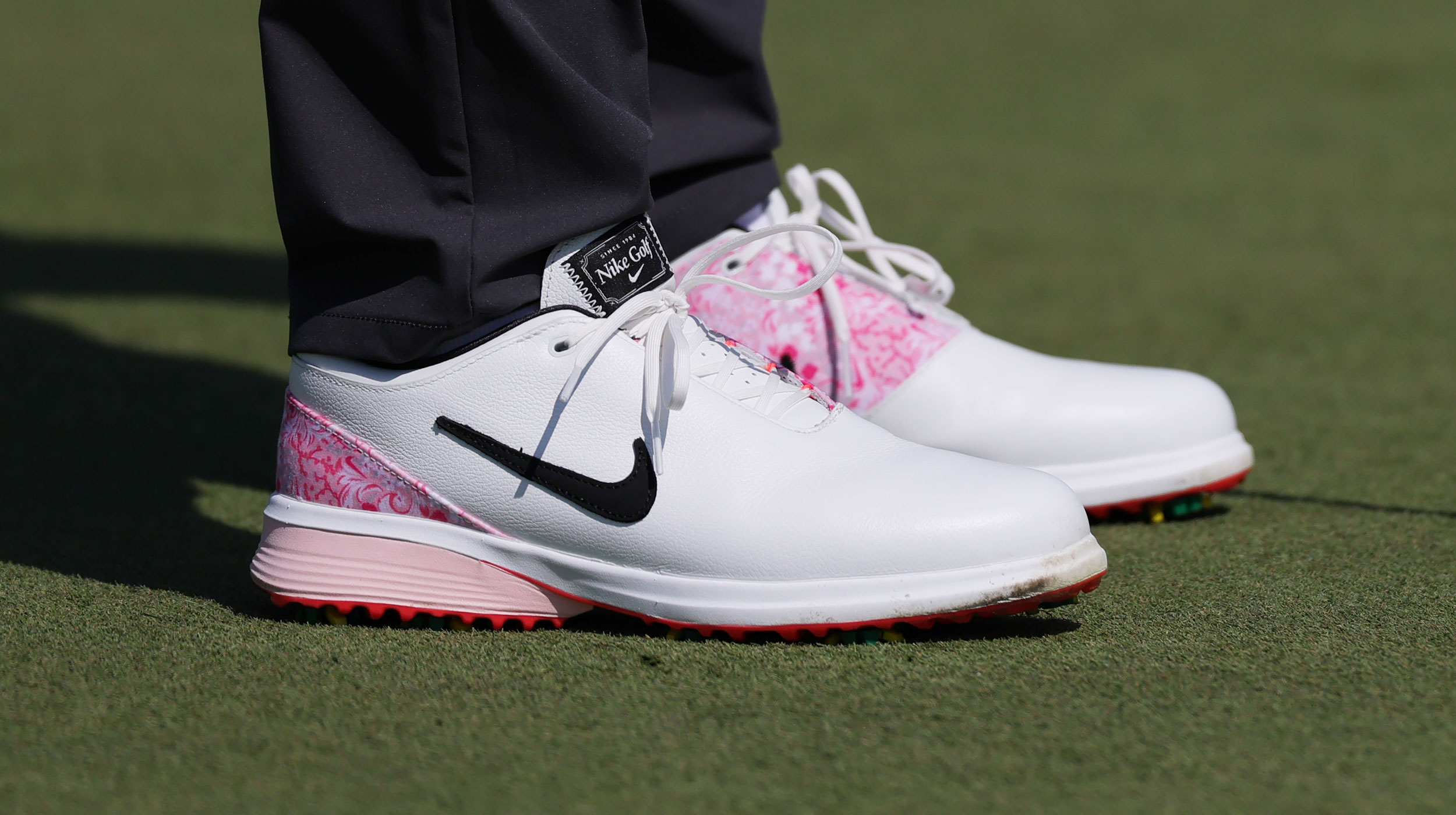 Rory McIlroy's Masters Winning Golf Shoes Are Sold Out Everywhere But Here Is How You Can Get A Pair
Rory McIlroy's Masters Winning Golf Shoes Are Sold Out Everywhere But Here Is How You Can Get A PairThe image of Rory falling to his knees in celebration at Augusta will live forever, but how can fans buy his limited edition shoes if they're sold out almost everywhere?
By Conor Keenan
-
 Will This $10 Training Aid Propel Scottie Scheffler To Masters Glory?
Will This $10 Training Aid Propel Scottie Scheffler To Masters Glory?Going for his 3rd Green Jacket in 2025, is this cheap training aid the secret to Scheffler's success?
By Joe Ferguson
-
 Is Ludvig Aberg The Most Stylish Golfer At The Masters?
Is Ludvig Aberg The Most Stylish Golfer At The Masters?Ludvig Aberg is the face of the latest adidas Originals Golf collection this week at Augusta but what other golfers are catching the eye fashion-wise?
By Conor Keenan
-
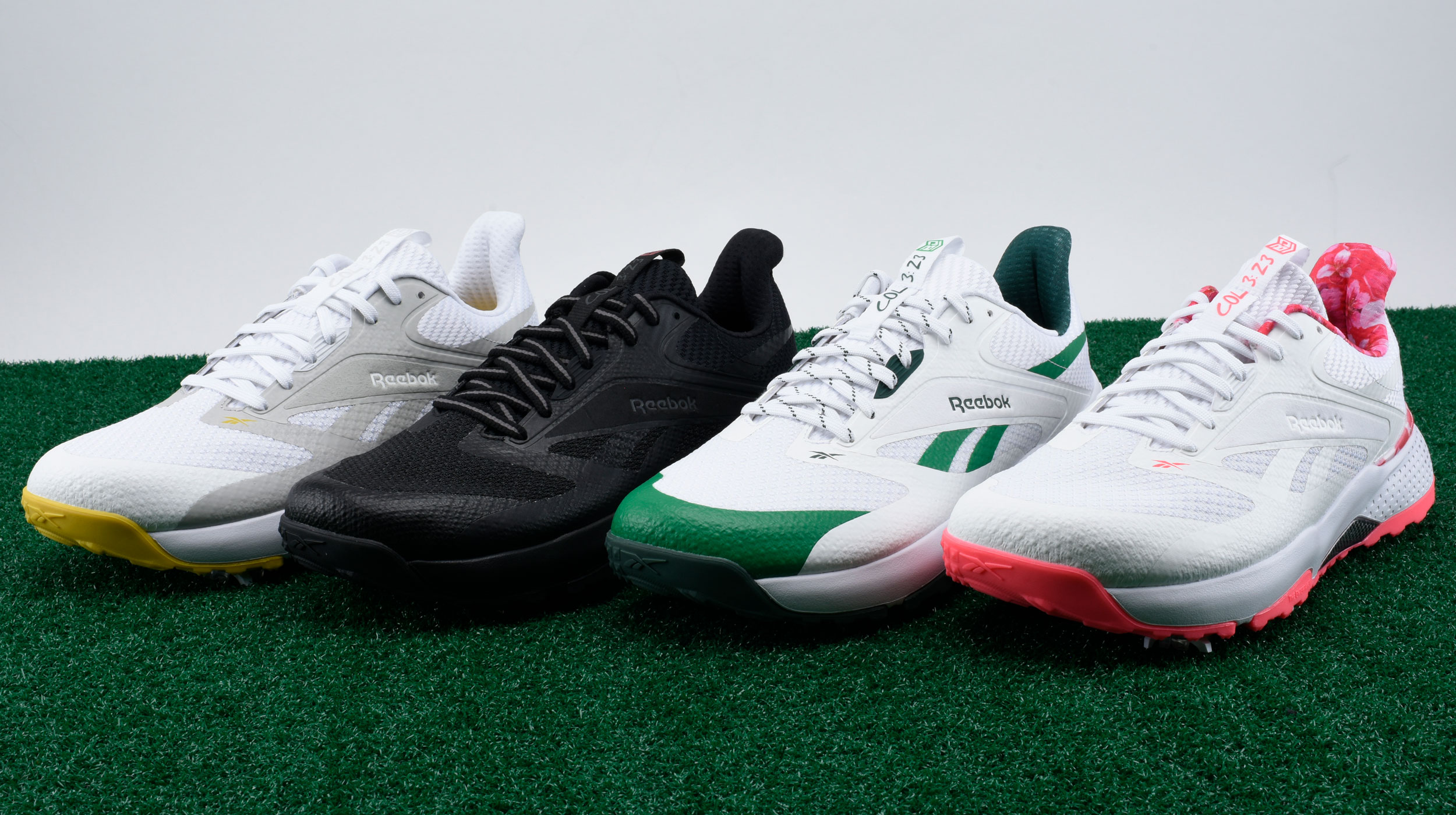 Can I Buy Bryson DeChambeau’s Reebok Golf Shoes?
Can I Buy Bryson DeChambeau’s Reebok Golf Shoes?The American US Open champion recently signed with Reebok and he is wearing shoes from the brand, but can you actually buy his shoes? We tell all...
By Sam Tremlett
-
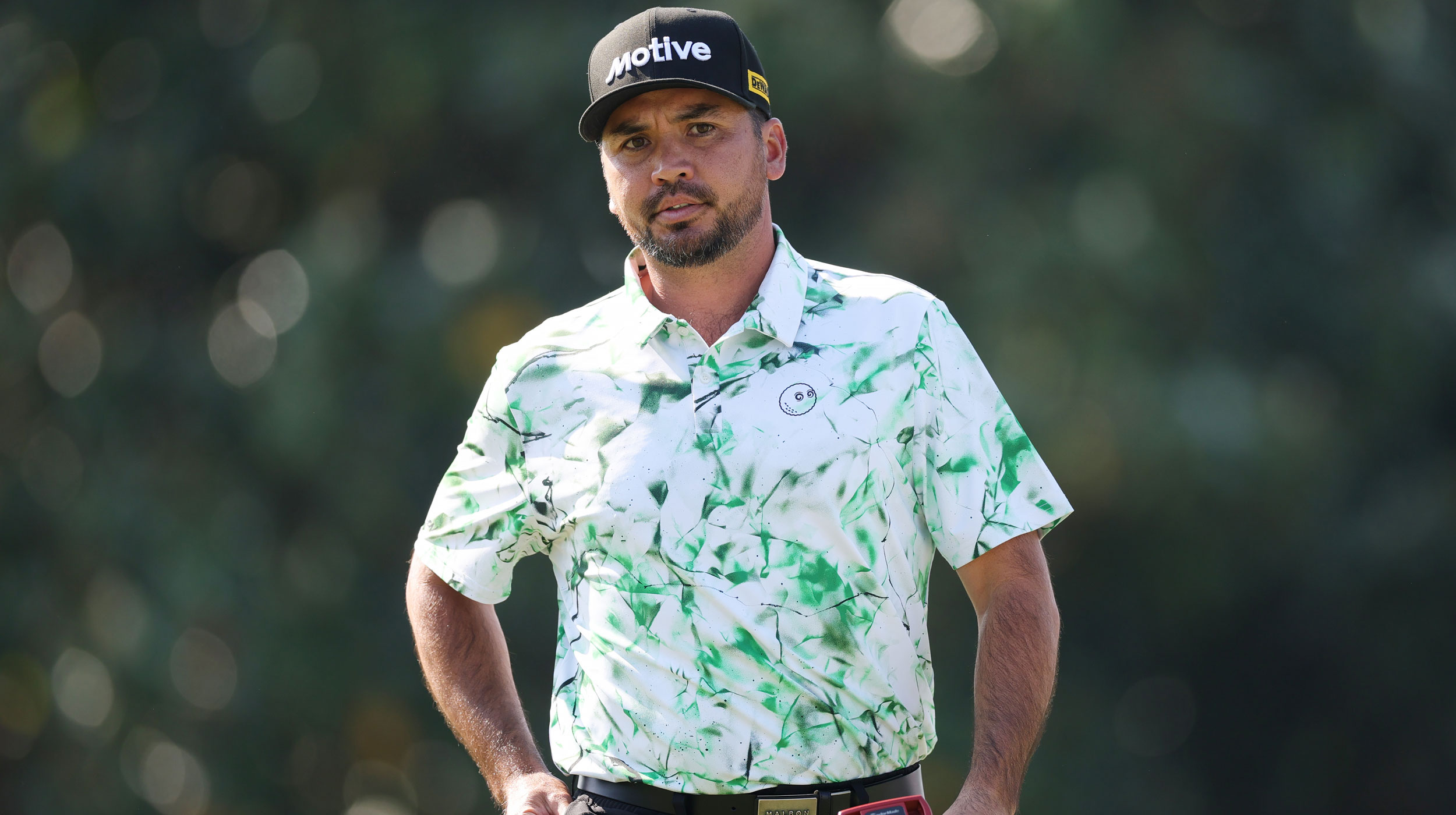 Jason Day Masters Outfit - What Is The Australian Wearing At Augusta National?
Jason Day Masters Outfit - What Is The Australian Wearing At Augusta National?It's more subdued than his first round outfit back in 2024, but Jason Day is sporting another striking Malbon outfit on the opening day of the Masters Tournament
By Conor Keenan
-
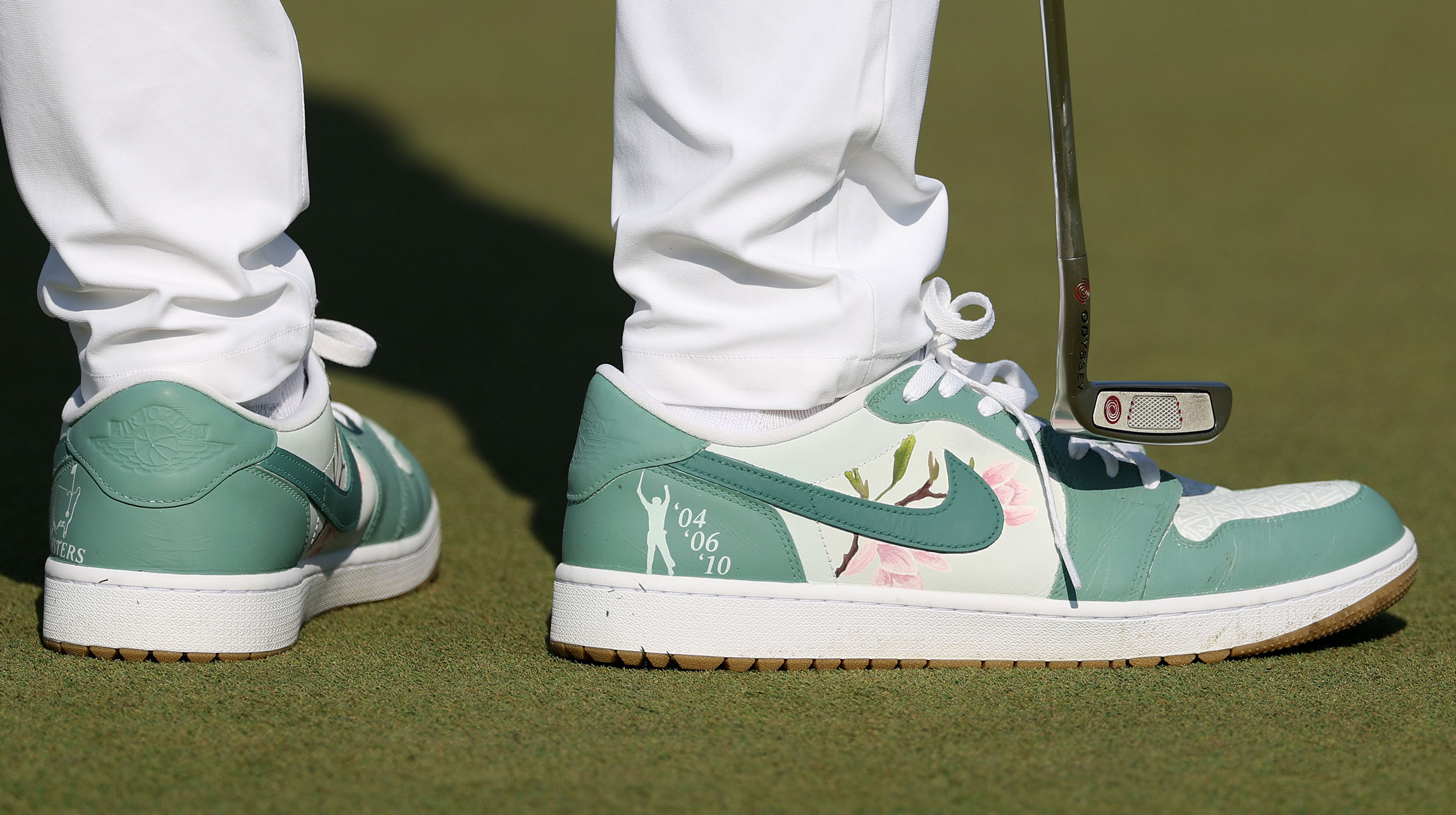 Spotted: Phil Mickelson's Masters Shoes Are Custom-Made And I Need To Get A Pair
Spotted: Phil Mickelson's Masters Shoes Are Custom-Made And I Need To Get A PairMickelson was spotted with custom Nike golf shoes at The Masters, and they might be the coolest thing I've seen this week.
By Sam Tremlett
-
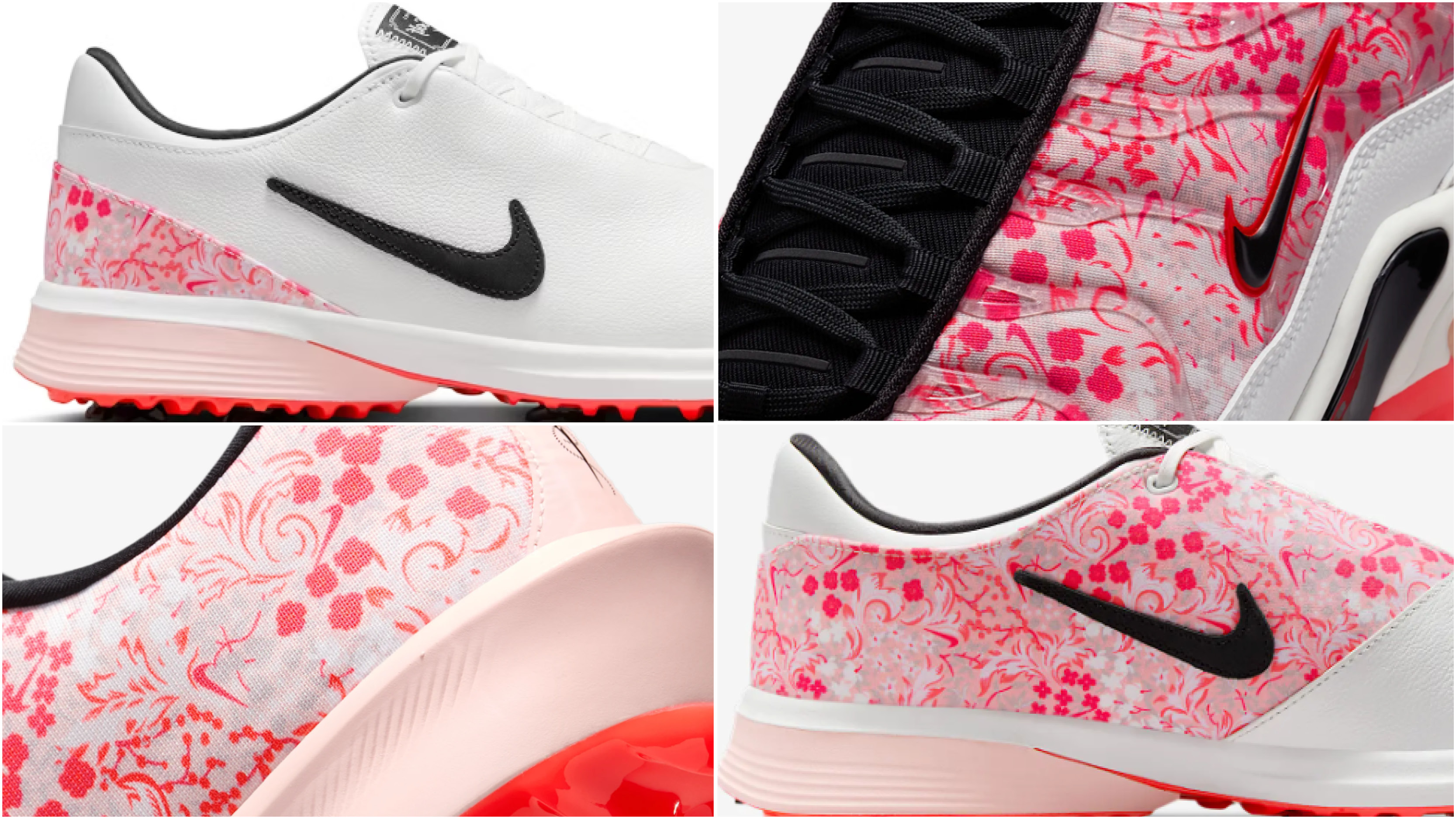 Spotted At The Masters: Nike's Limited Edition Shoes At Augusta National
Spotted At The Masters: Nike's Limited Edition Shoes At Augusta NationalNike athletes were spotted wearing some rather loud pink golf shoes at The Masters in 2025...
By Sam Tremlett
-
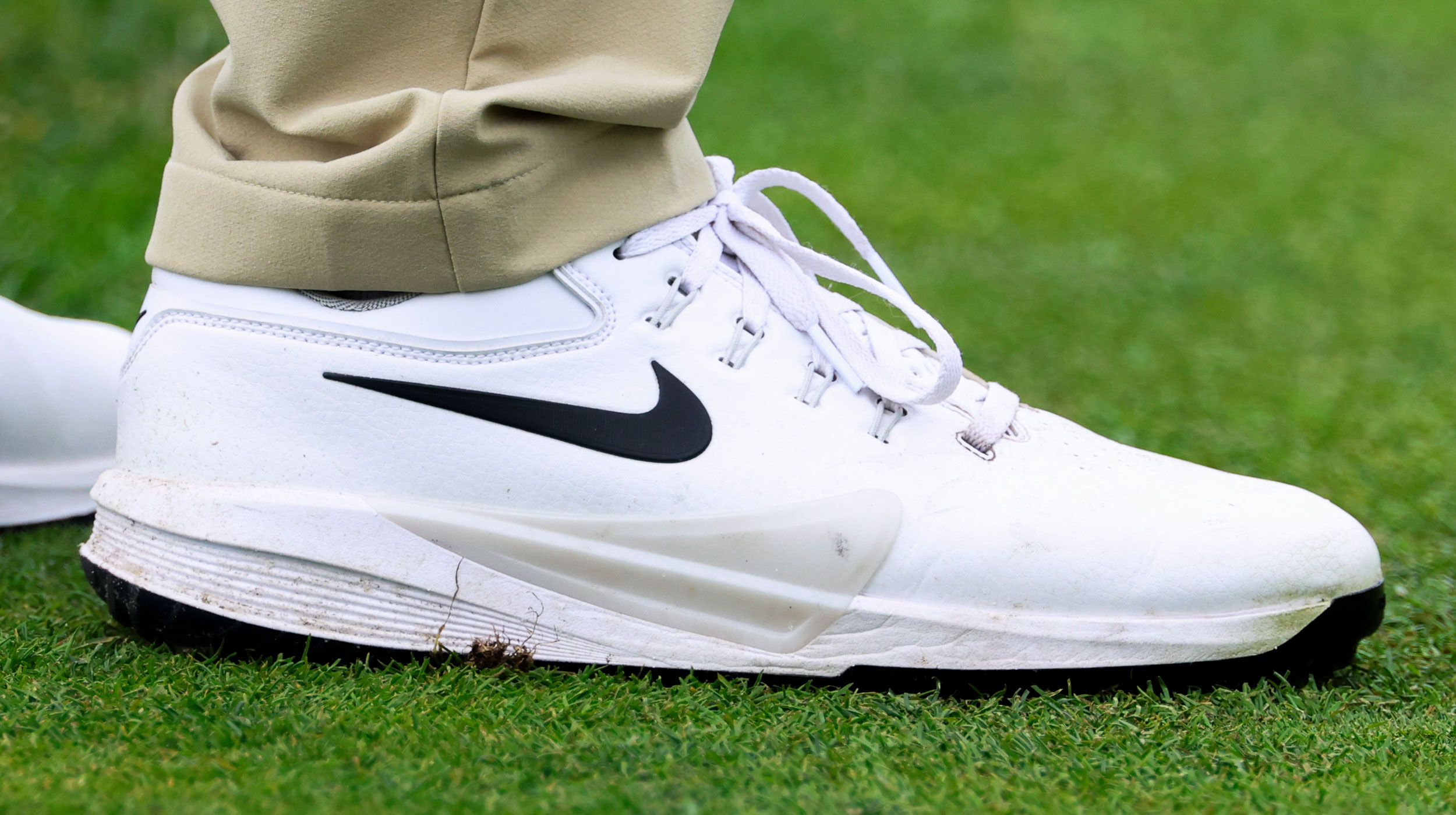 Scottie Scheffler's Secret Weapon? Nike Unveils New Shoe Co-Designed By The World's Best Golfer
Scottie Scheffler's Secret Weapon? Nike Unveils New Shoe Co-Designed By The World's Best GolferThe American world number one helped design the new Victory Pro 4, and now we can get it as well...
By Sam Tremlett